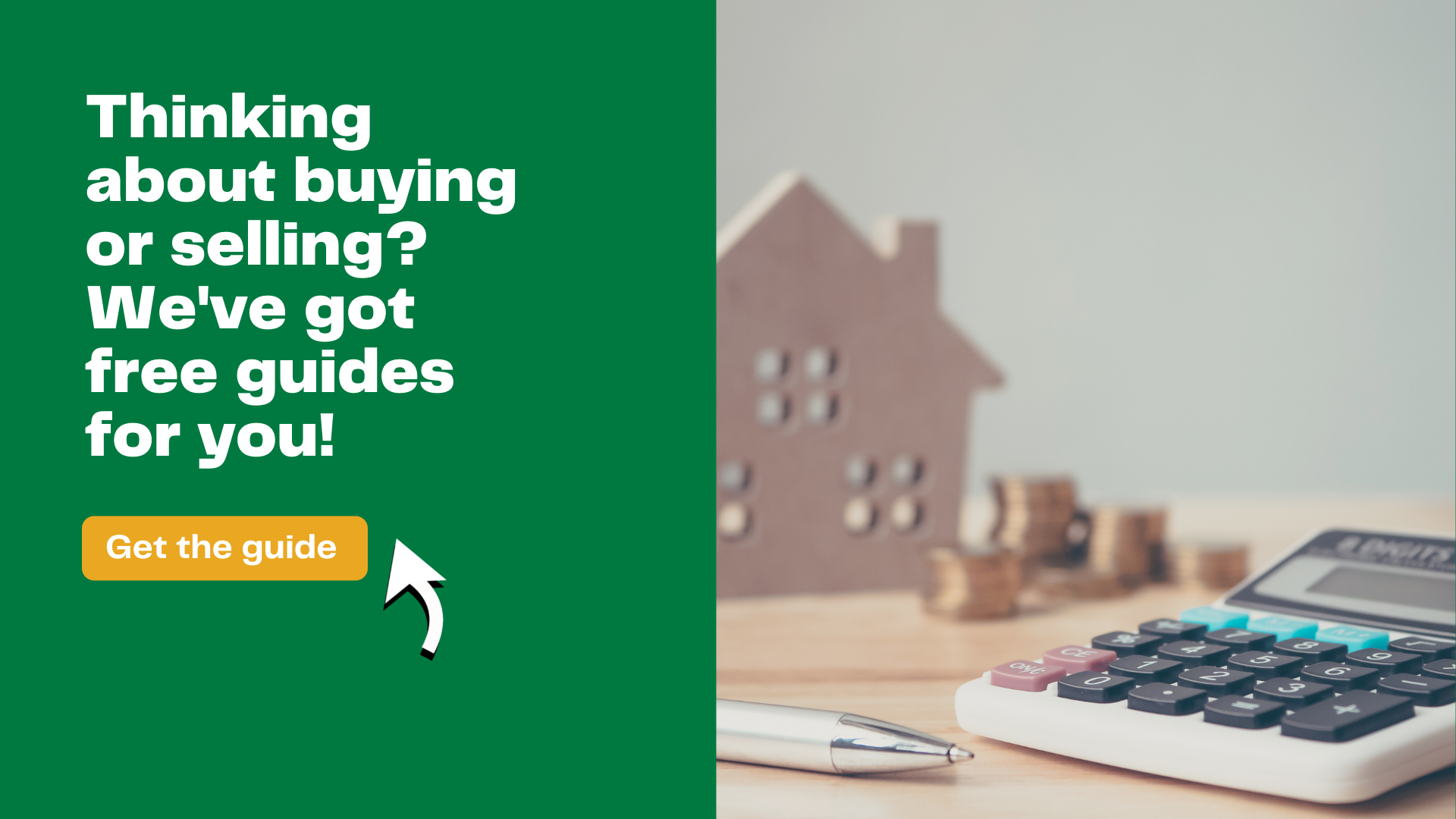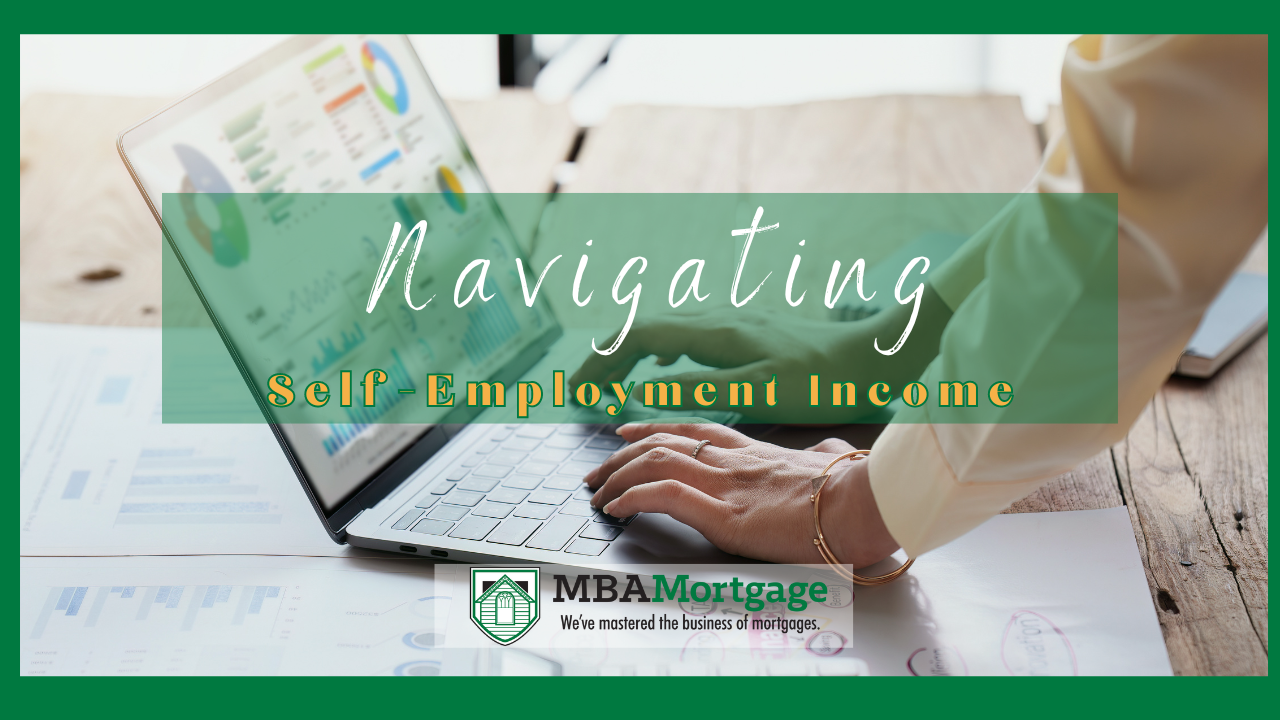Whether you're a seasoned homeowner or a first-time buyer, understanding your home appraisal is valuable…
Your Buy a House Checklist: 9 Steps to Get You Home
Getting into a new home can be challenging, but a buy a house checklist can put you on the path to success. Whether you read our previous post about buying in a seller’s market, or you’re new to what the buying process looks like, we’re here to help. That’s why we put together nine steps that are easy to follow, so you know just what to expect through closing on your new home.
Let’s jump into the nine steps in the buy a house checklist.
1. See what you can afford
Most homebuyers don’t have cash on hand to pay for a new home outright. You’ll need to take out a mortgage loan, which requires finding a lender. But before you begin the pre-approval or mortgage application process, it’s a good idea to see how much you can afford. The main reason for this is that you want to home in (no pun intended) on an amount that you can reasonably afford, which helps you target the right properties for your house hunt.
A mortgage calculator is a handy tool to help you get a ballpark estimate of your mortgage payment. Use our free mortgage calculator to play with the numbers and variables, and get a breakdown of how much you can afford.
2. Get pre-approved
To make sure you can afford to buy a home, you’ll need a pre-approval letter. Also, many real estate agents won’t even consider showing you properties until you get pre-approved.
A pre-approval is given by your lender and shows the exact amount they’re willing to lend. They calculate this number based on your specific financial situation after evaluating your current debt-to-income ratio and other factors.
With a pre-approval letter in hand, you’ve got the green light to partner with a real estate agent and begin your house hunt.
3. Partner with a real estate agent
Real estate agents are invaluable to finding the right house for you. They can get real-time updates about new listings in your area, so you can schedule showings as soon as properties hit the market. Real estate agents are also keen on market trends and can uncover insights you might not have previously considered.
Often, friends and family can provide recommendations about agents who have helped with their house hunt. Make sure to ask around your circles for help finding the agent for you.
4. Officially start your house hunt
At this point, you know how much you can afford and which properties are available. It’s time to browse the listings, book showings, and set up notifications about the latest homes to hit the market.
When you’re looking for homes, be sure to consider not only the features of a home but also its location:
- What’s nearby? Take into account the condition of neighboring homes and traffic, nearby businesses, schools, etc.
- Are schools important to you? If you have children in school, ensure that the school district meets your quality standards.
- Are you close enough to essential businesses? Whether you need to get groceries or schedule dentist appointments, ensure that the property is within reasonable distance to essential businesses.
5. Gather your down payment
This is one of the most important steps in the buy a house checklist. That’s because the size of your down payment affects your monthly mortgage payment amount in the future.
You typically need to put at least 3% to 5% down to get a conventional loan. But if you want to avoid private mortgage insurance (PMI), you’ll need at least 20% down.
There are government-backed loans that can help you qualify for a mortgage as well. FHA loans require only 3.5% down and can help if your credit score isn’t pristine. Other programs like USDA and VA loans can help you get a mortgage with 0% down.
If you have trouble setting aside funds for a down payment, look into down payment assistance programs offered at the federal, state, and local levels. You can also keep your eye on proposed legislation that could help you with down payment and closing costs, should you delay your home purchase into the future.
6. Find your dream home and make a deal
When you’ve finally found the one, it’s time to go through the offer process. Your real estate agent will help you make an offer, negotiate counter-offers, etc. Your offer will include your earnest money deposit, which goes into an escrow account until the seller accepts your offer.
Once the seller accepts your offer, your earnest money is put toward your down payment and closing costs.
7. Get your mortgage approved
The mortgage application process comes next, and it’s much more rigorous than the pre-approval process. But don’t worry — your Loan Officer and your Realtor will help you through the process. They’ll usually provide a punch list of documentation that you’ll need to provide to complete the underwriting of your loan.
In general, expect to provide documentation about:
- Employment and income, such as pay stubs and W2s
- Assets, including savings, investment, retirement, and other accounts
- Credit and liabilities, including your credit score, previous bankruptcies, etc.
- Your personal information, including your social security number, previous addresses, etc.
- The property you’re buying, such as the signed contract, information for your insurance agent, etc.
8. Set up an inspection and appraisal
Home inspections aren’t required, but they help protect you. A home inspection uncovers not only any maintenance and repair work, such as sagging gutters or missing handrails, but also major structural concerns such as a shifting foundation or rotting roof trusses. Make sure that you opt for a home inspection so that you’re aware of the home’s condition before proceeding to close the deal.
However, Lenders do require a home appraisal, which is meant to double-check that the home is actually valued consistent with the loan amount. Appraisers determine the home’s value by evaluating its condition and reviewing similar nearby properties’ values.
Once your inspection and appraisal look good, it’s time to close the deal.
9. Close the deal and move in
The good news about reaching this step is that the hard work is done. All that’s left is to meet with your attorney or settlement agent to sign the closing documents. Make sure to bring the funds or proof of funds for your down payment and closing costs, along with your government-issued ID and proof of homeowners insurance.
After signing, you’ll receive copies of all your closing documents, along with the keys to your new home!
Ready to make your move?
No matter where you are in the home buying journey, MBA Mortgage is here to help you reach your goals. Be sure to download a copy of our latest guide, Things to Consider When Buying a Home.





